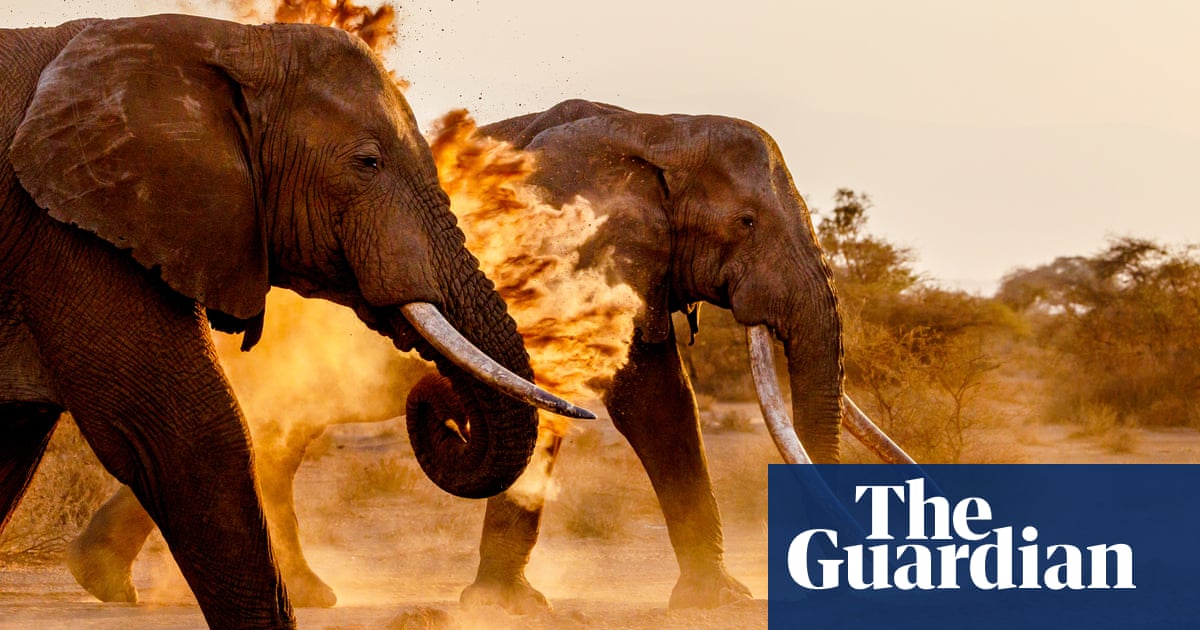In the borderlands of Tanzania and Kenya, the “super tuskers” roam. A combination of old age, genetic pooling and prolonged protection from poaching has created a population of bull elephants with enormous tusks, weighing up to 45kg apiece, large enough to scrape along the ground as the animals walk. To many, the bulls are “living icons” of the African savannah. They are also highly prized by trophy hunters.
Now, a series of super-tusker killings has sparked a bitter international battle over trophy hunting and its controversial, sometimes counterintuitive role in conservation. Some conservationists believe the killing of these extraordinary animals should not be allowed. Others say controlled, regulated hunting can actually contribute to elephants’ long-term survival by providing jobs for local people and incentives for habitats to be preserved.
The conflict began brewing last year, when the Tanzanian government ended a 30-year informal agreement with Kenya by allowing hunters to legally shoot at least two out of the 10 remaining super tuskers. The herd is a cross-border population that migrates between Kenya (where trophy hunting is banned) and Tanzania, where wildlife laws allow for trophy hunting on auctioned wildlife-rich blocks, for foreign hunters who can afford a premium safari package.
“The targeted elephants were among the largest, oldest bulls,” a group of conservationists wrote in a letter decrying their loss, which was published in the journal Science in June. They represented “one of the last gene pools for enormous ivory and the source of the largest tusks ever collected”.



We are such a fucked up species. Fucking hell.
My understanding of these trophy hunts is that they only allow people to shoot the animals that are no longer contributing to the gene pool.
They collect a ton of money to support conservation by allowing some rich guy to shoot an old lion or elephant or whatever that would have died soon of natural causes, whether a fight with a younger male, or disease, or a lifetime of accumulated injuries.
If that is accurate, I’m ok with this system. That said I have no interest in participating in it and have done little research outside of the information I’ve naturally encountered in everyday life.
2 out of 8 is a pretty high ratio. I’m gonna say I don’t believe them without proven data to back this excuse.
While I understand the argument, I think it comes down to encouragement of more trophy hunting. I’m not anti-hunting, since some animals need to be culled for their own health and survival (see deer overpopulation) and some people legitimately hunt for food to eat. But allowing people to shoot lions and elephants, even if it costs a shitload of money, only encourages more people to shoot lions and elephants.
For now… A lot of these “conservation groups” putting out these types of studies are actually just hunting lodges owned by rich families. They claim that they are preserving the land, and that they use the proceeds from these types of hunts to protect the land.
However, these “conservationist” are typically just poachers with a marketing team. For the most part their goal is to legitimize the illegal hunts they are already committing.